
La Romana: The Jewel of the Dominican Republic
Discover La Romana: A perfect blend of luxury, culture, and natural beauty on the Dominican Republic's southeastern coast.
La Romana is a captivating city on the southeastern coast of the Dominican Republic. Known for its stunning beaches, luxurious resorts, and rich culture, La Romana offers a unique blend of relaxation and adventure. The city is home to the world-renowned Casa de Campo resort, which features a marina, golf courses, and lavish villas. The Altos de Chavón, a replica of a 16th-century Mediterranean village, is another must-see attraction that showcases art galleries, an amphitheater, and breathtaking views of the Chavón River. For those who love the ocean, La Romana boasts some of the best diving and snorkeling spots in the Caribbean. The nearby Catalina and Saona islands are perfect for day trips, offering crystal-clear waters and vibrant marine life. History enthusiasts will appreciate La Romana's sugar cane heritage, with tours available to explore the ancient sugar mills and learn about the city's colonial past. The local cuisine is a delightful mix of flavors, with fresh seafood, tropical fruits, and traditional Dominican dishes waiting to be savored. The city's lively markets and street vendors provide an authentic taste of local life. Whether you are looking to relax on pristine beaches, explore historical sites, or indulge in culinary delights, La Romana promises an unforgettable experience.
Local tips in La Romana
- Visit Altos de Chavón early in the morning to avoid the crowds and enjoy the serene atmosphere.
- For the best snorkeling experience, take a boat trip to Catalina Island where the reefs are teeming with marine life.
- Try the local dish 'La Bandera Dominicana,' a hearty meal of rice, beans, and meat, at a local eatery.
- Bring cash, as some smaller shops and vendors may not accept credit cards.
- If you plan to visit the sugar mills, wear comfortable shoes and bring water, as the tours involve a fair bit of walking.
La Romana: The Jewel of the Dominican Republic
La Romana is a captivating city on the southeastern coast of the Dominican Republic. Known for its stunning beaches, luxurious resorts, and rich culture, La Romana offers a unique blend of relaxation and adventure. The city is home to the world-renowned Casa de Campo resort, which features a marina, golf courses, and lavish villas. The Altos de Chavón, a replica of a 16th-century Mediterranean village, is another must-see attraction that showcases art galleries, an amphitheater, and breathtaking views of the Chavón River. For those who love the ocean, La Romana boasts some of the best diving and snorkeling spots in the Caribbean. The nearby Catalina and Saona islands are perfect for day trips, offering crystal-clear waters and vibrant marine life. History enthusiasts will appreciate La Romana's sugar cane heritage, with tours available to explore the ancient sugar mills and learn about the city's colonial past. The local cuisine is a delightful mix of flavors, with fresh seafood, tropical fruits, and traditional Dominican dishes waiting to be savored. The city's lively markets and street vendors provide an authentic taste of local life. Whether you are looking to relax on pristine beaches, explore historical sites, or indulge in culinary delights, La Romana promises an unforgettable experience.
When is the best time to go to La Romana?
Iconic landmarks you can’t miss
Casa de Campo Resort and Villas
Experience the ultimate luxury and adventure at Casa de Campo Resort and Villas, a tropical paradise in La Romana, Dominican Republic.
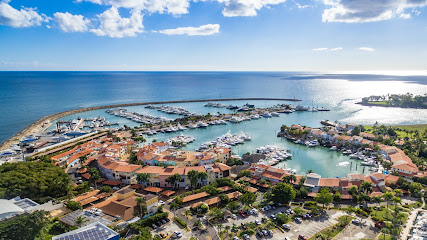
Multiplaza La Romana
Explore Multiplaza La Romana, the premier shopping mall in La Romana, offering a blend of international brands, local boutiques, and diverse dining experiences.
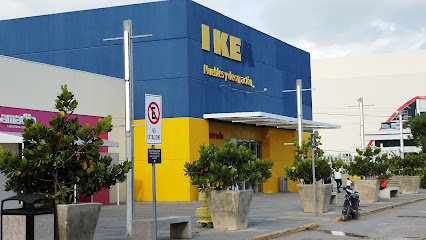
Altos de Chavón
Experience the rich cultural heritage and stunning beauty of Altos de Chavón, a captivating 16th-century Mediterranean village replica in the Dominican Republic.
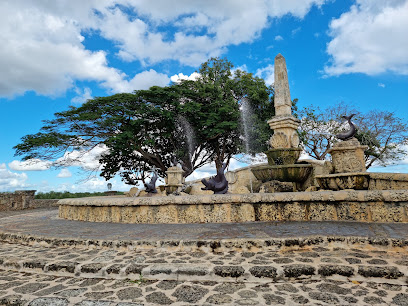
Duarte Central Park
Experience the lush beauty and vibrant culture of Duarte Central Park in La Romana, a perfect retreat for relaxation and local festivities.
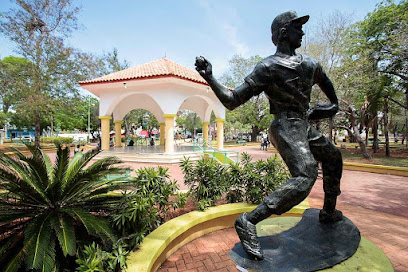
Cave of Wonders
Discover the stunning geological formations and vibrant ecosystems at the breathtaking Cave of Wonders in the Dominican Republic.
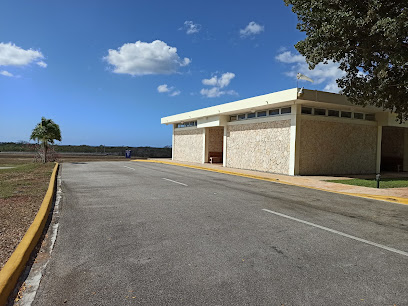
Playa Caleta
Experience the breathtaking beauty of Playa Caleta, a serene public beach in La Romana, Dominican Republic, perfect for relaxation and adventure.

La Romana Cruise Terminal
Experience seamless travel at La Romana Cruise Terminal, your gateway to the captivating beauty and culture of the Dominican Republic.
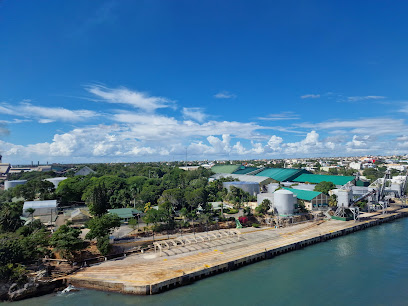
Minitas Beach
Discover the breathtaking beauty of Minitas Beach in La Romana, where pristine sands meet vibrant Caribbean culture for the ultimate tropical escape.
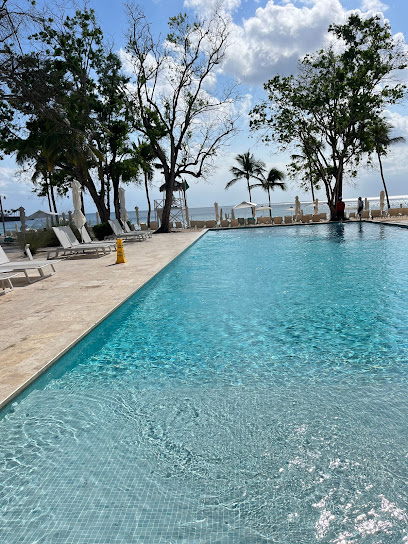
Altos de Chavón Amphitheatre
Experience the enchanting Altos de Chavón Amphitheatre, a cultural landmark in the Dominican Republic, where stunning performances meet breathtaking views.
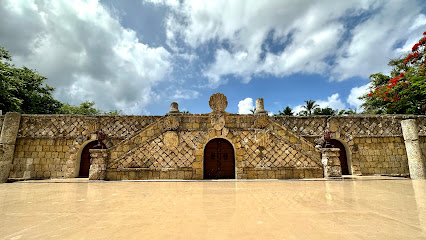
Isla Saona Bayahibe La Romana - Saona Island Tours
Explore the pristine beaches, vibrant marine life, and rich culture of Isla Saona, a tropical paradise in the Dominican Republic.
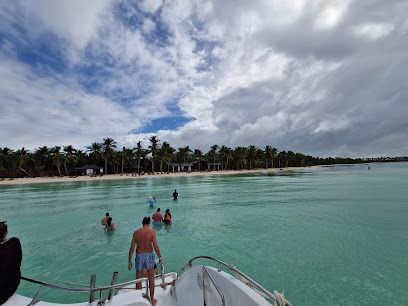
SBG Casa de Campo
Experience the perfect blend of luxury dining and breathtaking views at SBG Casa de Campo in La Romana, a culinary gem of the Dominican Republic.
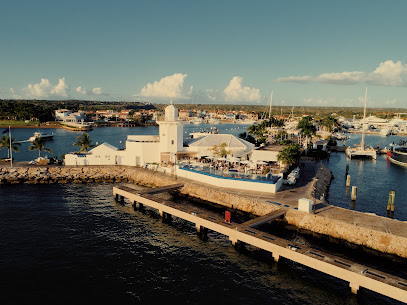
Club Zero 26
Dance the night away at Club Zero 26, La Romana's premier disco club offering an electrifying nightlife experience filled with music and fun.
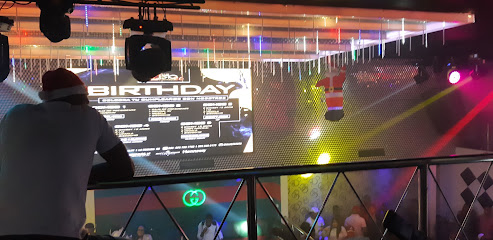
Teeth of the Dog Golf Course, Casa de Campo Resort & Villas
Play golf at the iconic Teeth of the Dog Golf Course, where stunning ocean views meet challenging holes in Casa de Campo, La Romana.
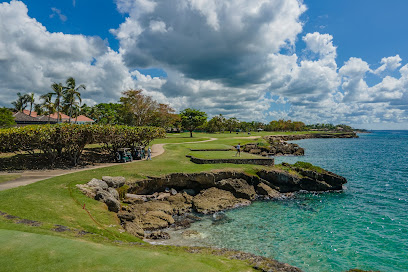
Parroquia Santa Rosa de Lima
Explore the spiritual heart of La Romana at Parroquia Santa Rosa de Lima, a captivating Catholic church rich in culture and history.
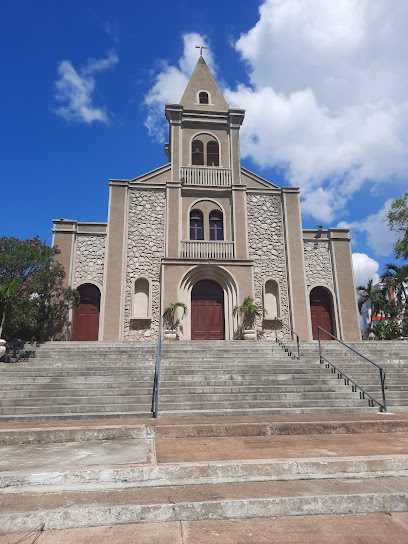
IBC Shipyard (by IB Nautica Group)
Explore the IBC Shipyard in La Romana for a unique insight into luxury yacht craftsmanship and the vibrant maritime culture of the Dominican Republic.
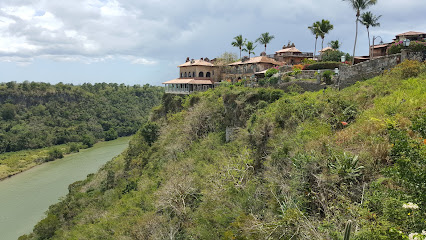
Unmissable attractions to see
Casa de Campo Resort and Villas
Discover the ultimate luxury retreat at Casa de Campo Resort and Villas, where stunning beaches, world-class golf, and vibrant culture await you.
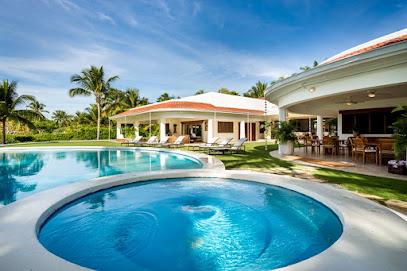
Basilica Nuestra Señora De La Altagracia
Explore the architectural beauty and spiritual significance of Basilica Nuestra Señora De La Altagracia in Higüey, a must-visit destination in the Dominican Republic.
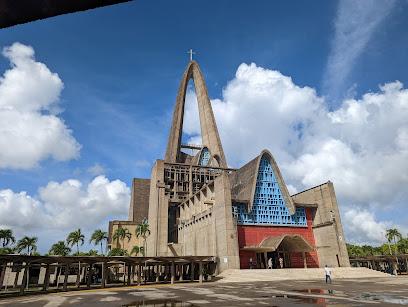
Altos de Chavón
Explore the charming streets and vibrant culture of Altos de Chavón, a stunning 16th-century Mediterranean village in the heart of the Dominican Republic.
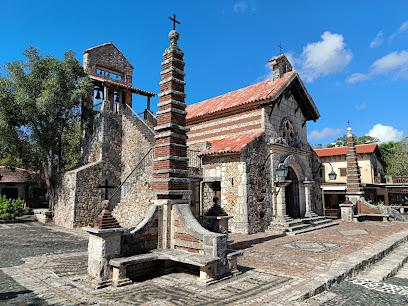
Parque Nacional del Este
Explore the breathtaking landscapes and rich biodiversity of Parque Nacional del Este, a premier destination for nature lovers and adventure seekers in the Dominican Republic.
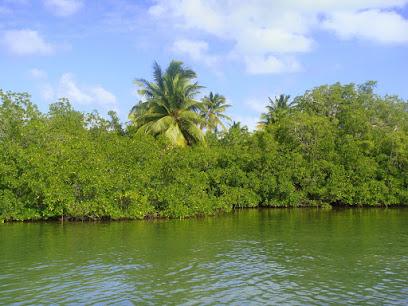
Saona Island
Explore the stunning Saona Island, a tropical paradise in the Dominican Republic, known for its pristine beaches and vibrant ecosystems.
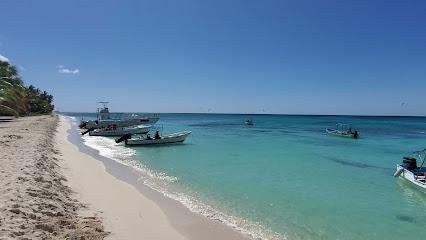
Duarte Central Park
Explore the lush landscapes and vibrant culture of Duarte Central Park in La Romana, a must-visit destination for every traveler.
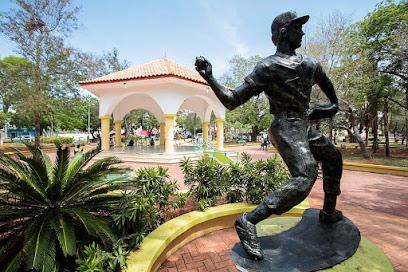
Cave of Wonders
Explore the stunning Cave of Wonders in La Caňa, Dominican Republic, where nature's artistry and ancient history come together in an unforgettable journey.
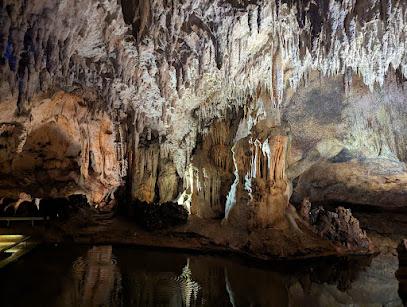
Estadio Francisco A. Micheli
Immerse yourself in the vibrant baseball culture of the Dominican Republic at Estadio Francisco A. Micheli in La Romana.
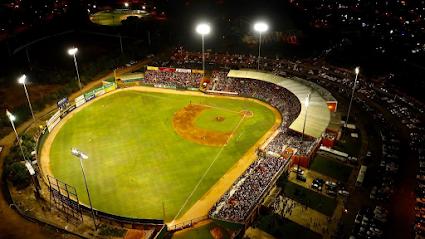
Rancho cocory
Discover the breathtaking landscapes and vibrant activities at Rancho Cocory, a top recreation center in Higüey, Dominican Republic.
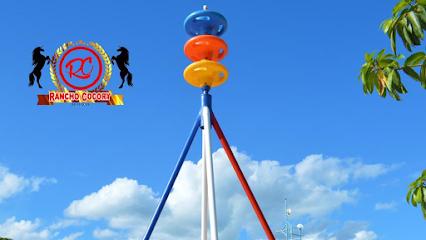
Bayahibe Beach
Discover the stunning beauty of Bayahibe Beach, a tropical paradise in the Dominican Republic perfect for relaxation, adventure, and unforgettable memories.

Altos de Chavón Amphitheatre
Explore the breathtaking Altos de Chavón Amphitheatre, a stunning cultural venue in La Romana, Dominican Republic with picturesque views and rich heritage.
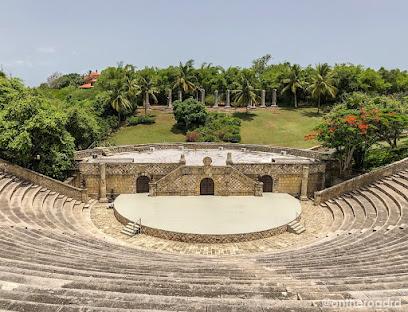
Isla Catalina
Explore Isla Catalina, a stunning Dominican Republic island known for its pristine beaches, vibrant marine life, and serene natural beauty.

Teeth of the Dog Golf Course, Casa de Campo Resort & Villas
Discover the breathtaking Teeth of the Dog Golf Course in Casa de Campo, where luxury meets world-class golf amid stunning Caribbean vistas.
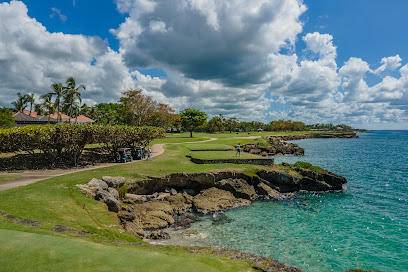
Centro Histórico Ron Barceló
Explore the rich history and craftsmanship of rum-making at Centro Histórico Ron Barceló, a must-visit attraction in the Dominican Republic.
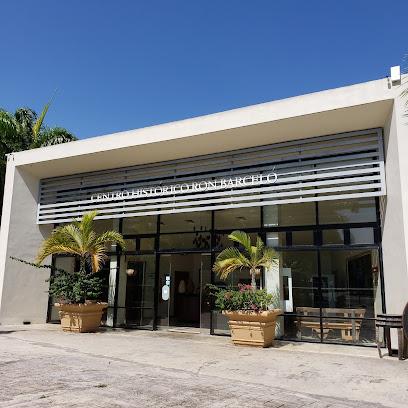
Runners Adventures
Experience the beauty and adventure of the Dominican Republic with Runners Adventures, your ultimate tour operator in Distrito Verón.
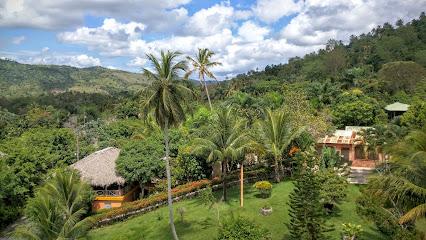
Essential places to dine
Shish Kabab
Discover the vibrant fusion of Mediterranean and Dominican flavors at Shish Kabab in La Romana - a culinary delight not to be missed!
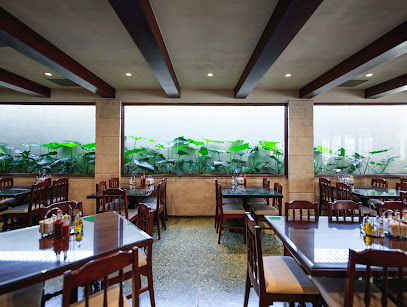
Tipico Bonao La Romana
Discover authentic Dominican flavors at Tipico Bonao in La Romana - a culinary gem offering delicious traditional dishes in a vibrant setting.
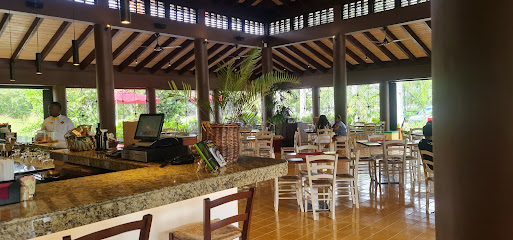
La Grasa :v
Experience the vibrant flavors of Dominican cuisine at La Grasa, a must-visit gastropub in the heart of La Romana.
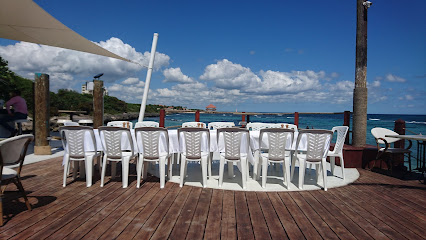
Marinelly’s Restaurant
Experience authentic Dominican cuisine at Marinelly’s Restaurant in La Romana—where flavor meets hospitality in every bite.
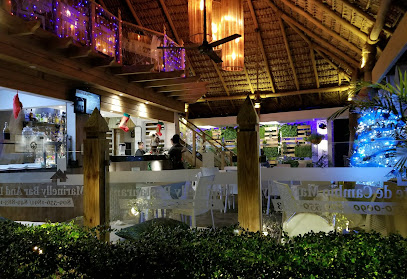
SBG Casa de Campo
Experience gourmet dining at SBG Casa de Campo in La Romana - where exquisite cuisine meets breathtaking marina views.
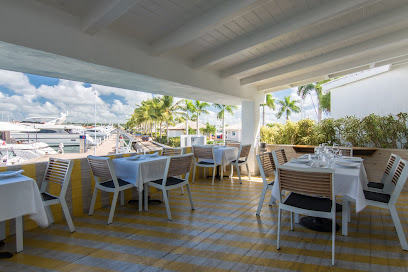
La Caña Bar and Lounge
Experience fine dining at La Caña Bar and Lounge in Casa de Campo, where exquisite cuisine meets stunning tropical views.
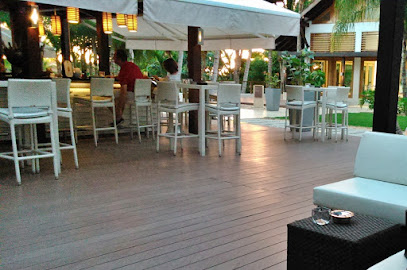
El Taquito Mexicano
Experience authentic Mexican cuisine at El Taquito Mexicano in La Romana—where every bite takes you on a flavorful journey.
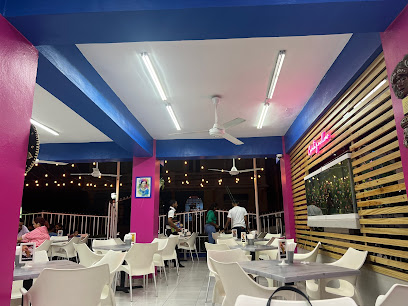
Restaurante Pizzeria El Chiringuito
Discover authentic Italian cuisine at Restaurante Pizzeria El Chiringuito in La Romana – where delicious food meets a friendly atmosphere.
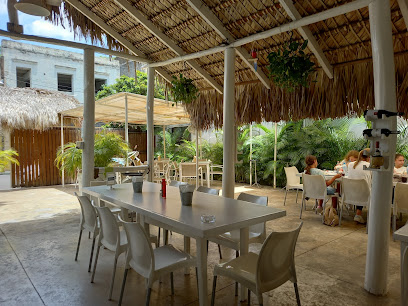
La Casita Restaurante
Experience authentic Dominican flavors at La Casita Restaurante in La Romana - a must-visit for food lovers!
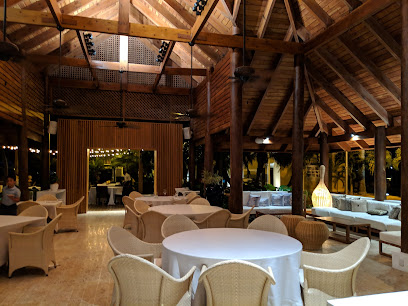
DIDO'S Food & Wine
Experience the best of local and international flavors at DIDO'S Food & Wine in La Romana – where every meal is a celebration.
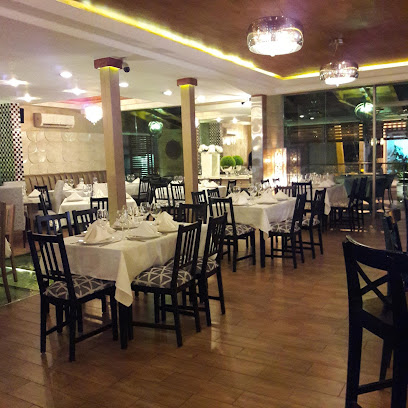
La Entradita
Discover the flavors of the Dominican Republic at La Entradita – where every meal is a celebration of taste and culture.
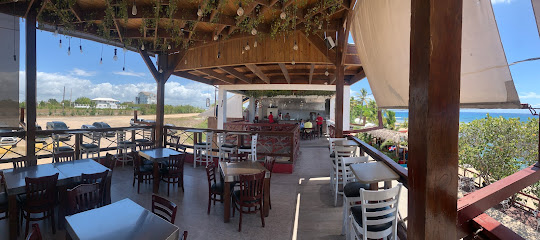
Onno's Altos De Chavon
Discover exquisite dining at Onno's Altos De Chavon – where vibrant flavors meet stunning views in La Romana.
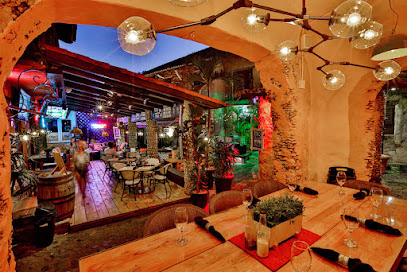
Café Marietta
Discover Café Marietta in La Romana: Where authentic Italian flavors meet Dominican warmth for an unforgettable dining experience.
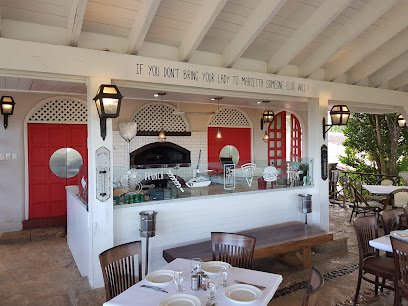
Chinois Restaurante
Experience the best of Chinese cuisine at Chinois Restaurante in La Romana, featuring dim sum, dumplings, and more in a cozy setting.
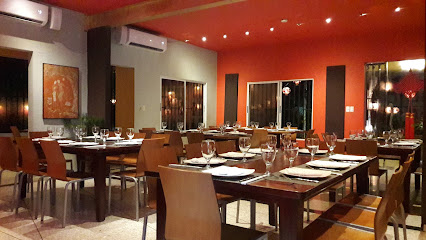
Restaurante Pizzeria El Castillo
Experience authentic Italian flavors at Restaurante Pizzeria El Castillo in La Romana - A perfect blend of tradition and taste awaits you!
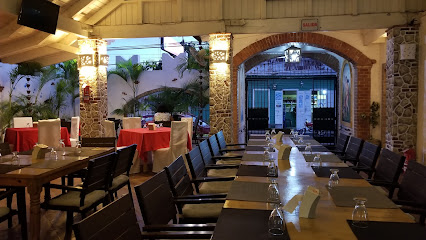
Markets, malls and hidden boutiques
Multiplaza La Romana
Discover the ultimate shopping experience at Multiplaza La Romana, where vibrant dining and entertainment await every visitor.
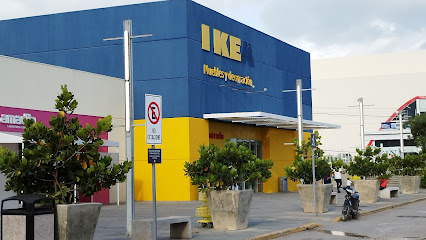
Plaza Lama
Experience the vibrant atmosphere of Plaza Lama, La Romana's premier shopping destination for local goods and souvenirs.
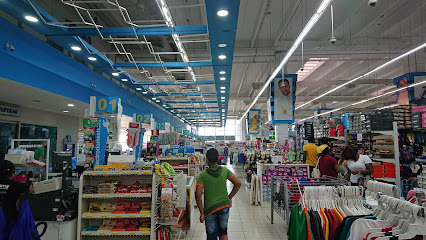
Plaza Artesanal, La Romana
Discover local crafts, delightful cuisine, and the vibrant spirit of Dominican culture at La Romana's Plaza Artesanal.
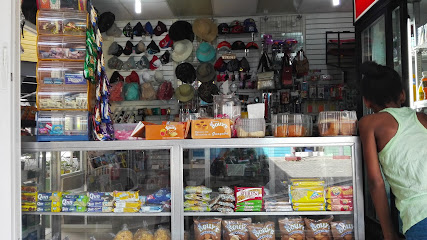
Kennedy Converse
Explore Kennedy Converse in La Romana for unique gifts, local collectibles, and stylish boots that capture the essence of Dominican craftsmanship.
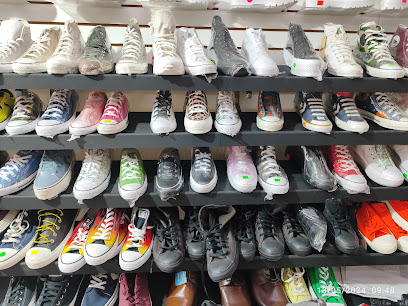
Plaza La Sultana
Explore the vibrant Plaza La Sultana in La Romana for unique souvenirs and a taste of Dominican craftsmanship.
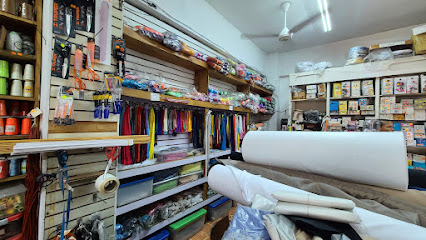
Boutique Cigars Shop
Explore the finest selection of premium cigars at Boutique Cigars Shop in La Romana, a must-visit for every cigar lover seeking quality and craftsmanship.

D' Angely Boutique
Explore D' Angely Boutique in La Romana for unique fashion pieces that blend local flair with contemporary trends, perfect for every traveler.
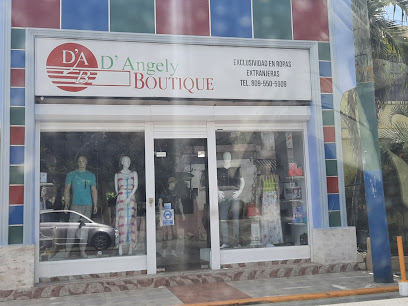
Gravy Boutique
Discover exquisite formal wear at Gravy Boutique in La Romana, where elegance meets exceptional service for every special occasion.
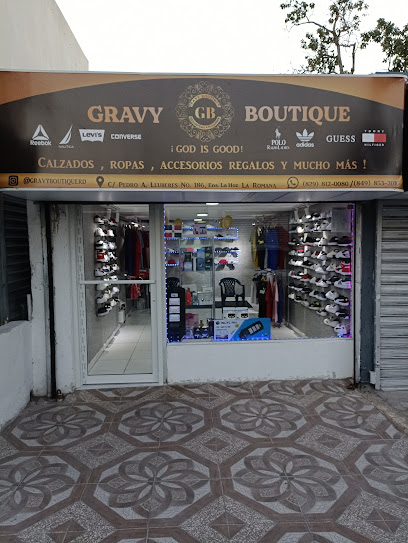
Mc closet
Explore vibrant fashion at Mc Closet, La Romana's premier clothing store, featuring unique styles and local flair.

La Tamborita Gift Shop SRL
Explore the vibrant culture of the Dominican Republic with unique handcrafted items at La Tamborita Gift Shop SRL in La Romana.
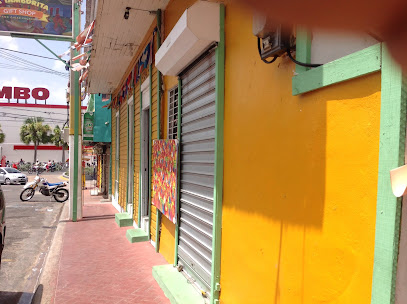
Juan Esteban Sport Boutique (la tata)
Explore the vibrant styles of Juan Esteban Sport Boutique in La Romana, where sportswear meets local fashion in a delightful shopping experience.
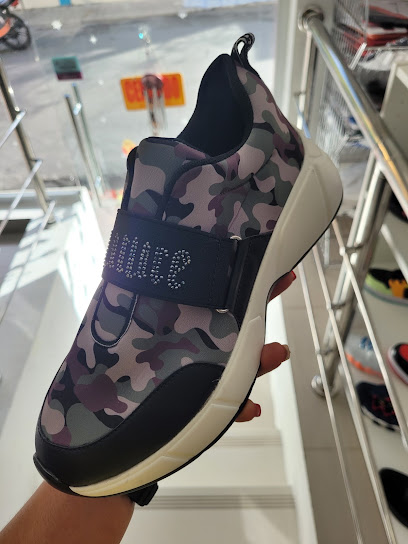
Jach Style Fashion Digital.Net
Explore the vibrant fashion scene at Jach Style Fashion Digital.Net, a chic boutique in La Romana offering unique styles and exceptional service.
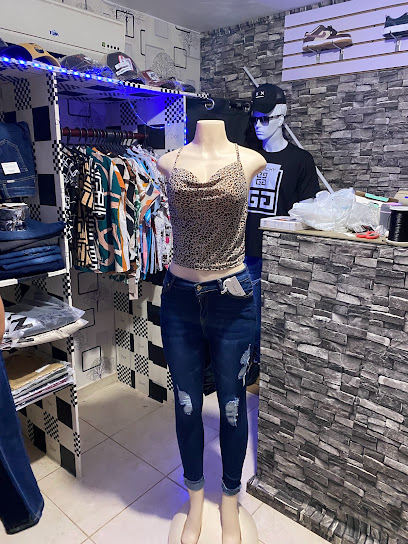
dans boutique fashion
Explore stylish outdoor clothing at Dans Boutique Fashion in La Romana, where adventure meets fashion in the heart of the Dominican Republic.

Love and shop21
Explore trendy clothing and unique local styles at Love and Shop21, the go-to shopping destination in La Romana for tourists seeking fashion.

MANA MEN’S ACCESSORIES y VIRTUOSAS STORE
Discover unique gifts and accessories at MANA MEN’S ACCESSORIES y VIRTUOSAS STORE in La Romana, where local craftsmanship meets modern style.
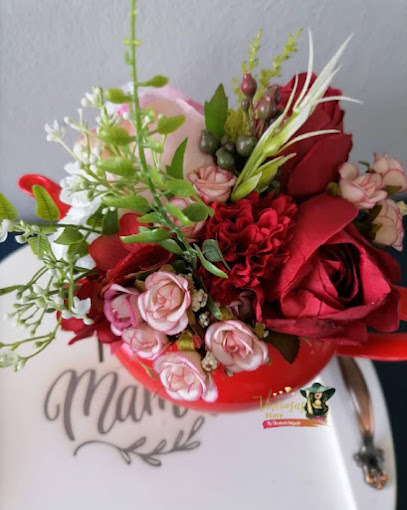
Essential bars & hidden hideouts
La Caña Bar and Lounge
Discover the exquisite flavors and stunning ambiance of La Caña Bar and Lounge at Casa de Campo, the ultimate dining destination in La Romana.
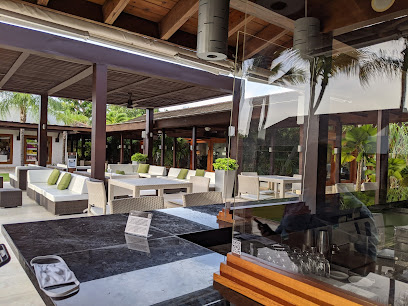
Onno's Altos De Chavon
Experience the vibrant nightlife and delightful cuisine at Onno's Altos De Chavon, a perfect fusion of fun and flavor in the heart of La Romana.
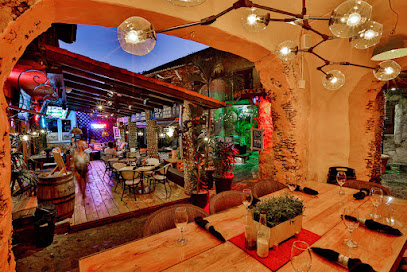
Momón Súper Fría
Discover the vibrant nightlife at Momón Súper Fría, La Romana's top spot for refreshing drinks and lively atmosphere.
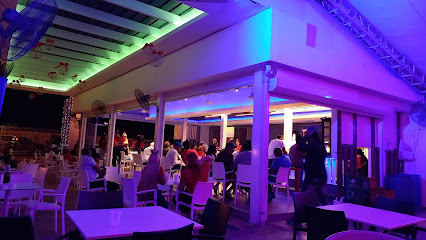
Skinita Bar & Grill
Savor the vibrant Caribbean flavors at Skinita Bar & Grill, La Romana's top spot for grilled delights and refreshing cocktails.
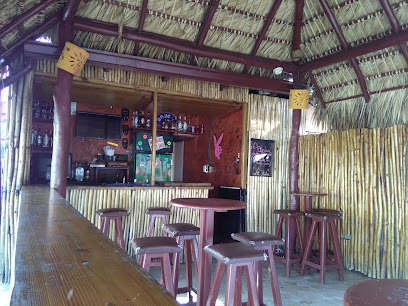
The Jucka Fun Center
Discover the lively atmosphere of The Jucka Fun Center, a top bar in La Romana offering fun, drinks, and unforgettable moments for tourists.
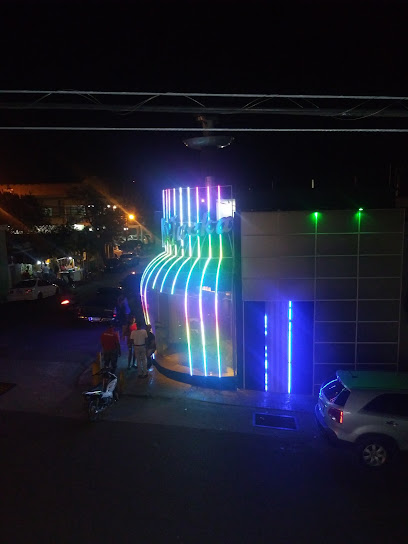
Nola Bar & Grill
Discover the vibrant flavors of Caribbean cuisine at Nola Bar & Grill in La Romana, where every meal is a celebration of taste and culture.
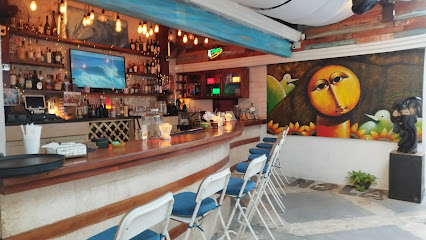
Manaos Bar
Discover the vibrant nightlife of La Romana at Manaos Bar, where friendly service and great drinks create unforgettable evenings.

Bar Lux
Experience the vibrant nightlife of La Romana at Bar Lux, where refreshing cocktails and good company await in a stylish setting.
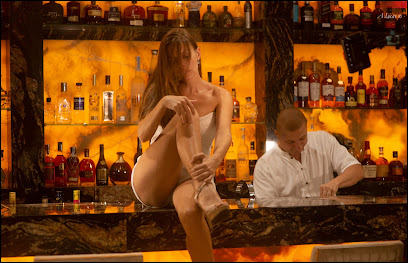
Opus Bar
Experience the vibrant nightlife at Opus Bar in La Romana, where craft cocktails and local charm come together for an unforgettable evening.

La Matica Drink And Lounge
Discover the vibrant nightlife at La Matica Drink And Lounge in La Romana, where refreshing cocktails and lively entertainment await every visitor.
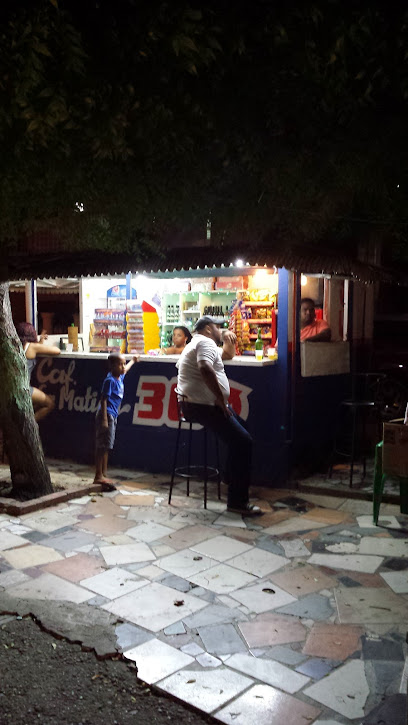
BarbaS Bar Lounge
Experience the vibrant atmosphere of BarbaS Bar Lounge in La Romana, where refreshing drinks and friendly service await every visitor.
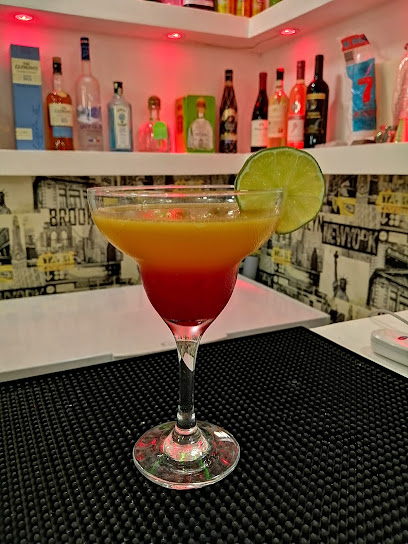
Súper bodega las palmas
Experience the vibrant nightlife of La Romana at Súper Bodega Las Palmas, where local flavors and friendly faces come together.
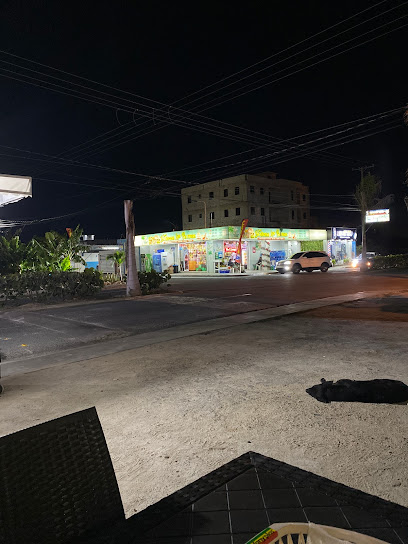
Xeus Launge And Bar
Experience the vibrant nightlife of La Romana at Xeus Lounge and Bar, where delicious cocktails and lively music create the perfect evening escape.
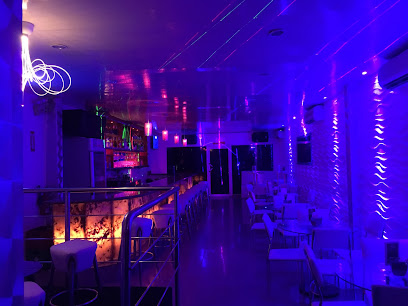
Coco Caña Lounge
Experience the vibrant atmosphere of Coco Caña Lounge in La Romana, where delicious cocktails and lively entertainment come together for an unforgettable night.
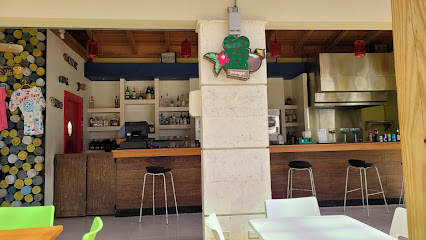
Polo Bar
Experience the vibrant nightlife at Polo Bar in La Romana, where refreshing drinks and a lively atmosphere await every traveler.

Local Phrases
-
- HelloHola
[oh-lah] - GoodbyeAdiós
[ah-dee-ohs] - YesSí
[see] - NoNo
[no] - Please/You're welcomePor favor/De nada
[por fah-vor/deh nah-dah] - Thank youGracias
[grah-see-ahs] - Excuse me/SorryPerdón/Lo siento
[pair-dohn/loh see-en-toh] - How are you?¿Cómo estás?
[koh-moh ehs-tahs] - Fine. And you?Bien. ¿Y tú?
[bee-ehn. ee too] - Do you speak English?¿Hablas inglés?
[ah-blahs een-glehs] - I don't understandNo entiendo
[noh ehn-tee-ehn-doh]
- HelloHola
-
- I'd like to see the menu, pleaseMe gustaría ver el menú, por favor
[meh goo-stah-ree-ah vehr ehl meh-noo, por fah-vor] - I don't eat meatNo como carne
[noh koh-moh kahr-neh] - Cheers!¡Salud!
[sah-loohd] - I would like to pay, pleaseMe gustaría pagar, por favor
[meh goo-stah-ree-ah pah-gahr, por fah-vor]
- I'd like to see the menu, pleaseMe gustaría ver el menú, por favor
-
- Help!¡Ayuda!
[ah-yoo-dah] - Go away!¡Vete!
[veh-teh] - Call the Police!¡Llama a la policía!
[yah-mah ah lah poh-lee-see-ah] - Call a doctor!¡Llama a un médico!
[yah-mah ah oon meh-dee-koh] - I'm lostEstoy perdido
[ehs-toy pair-dee-doh] - I'm illEstoy enfermo
[ehs-toy ehn-fehr-moh]
- Help!¡Ayuda!
-
- I'd like to buy...Me gustaría comprar...
[meh goo-stah-ree-ah kohm-prahr] - I'm just lookingSolo estoy mirando
[soh-loh ehs-toy mee-rahn-doh] - How much is it?¿Cuánto cuesta?
[kwan-toh kwehs-tah] - That's too expensiveEso es demasiado caro
[eh-soh ehs deh-mah-see-ah-doh kah-roh] - Can you lower the price?¿Puedes bajar el precio?
[pweh-dehs bah-har ehl pree-syoh]
- I'd like to buy...Me gustaría comprar...
-
- What time is it?¿Qué hora es?
[keh oh-rah ehs] - It's one o'clockEs la una
[ehs lah oo-nah] - Half past (10)Media hora (10)
[meh-dee-ah oh-rah (dies)] - MorningMañana
[mah-nyah-nah] - AfternoonTarde
[tahr-deh] - EveningNoche
[noh-cheh] - YesterdayAyer
[ah-yehr] - TodayHoy
[oy] - TomorrowMañana
[mah-nyah-nah] - 1Uno
[oo-noh] - 2Dos
[dohs] - 3Tres
[trehs] - 4Cuatro
[kwah-troh] - 5Cinco
[seen-koh] - 6Seis
[say-ees] - 7Siete
[see-eh-teh] - 8Ocho
[oh-cho] - 9Nueve
[nweh-veh] - 10Diez
[dyez]
- What time is it?¿Qué hora es?
-
- Where's a/the...?¿Dónde está...?
[dohn-deh ehs-tah] - What's the address?¿Cuál es la dirección?
[kwahl ehs lah dee-rehk-syohn] - Can you show me (on the map)?¿Puedes mostrarme (en el mapa)?
[pweh-dehs mohs-trar-meh (ehn ehl mah-pah)] - When's the next (bus)?¿Cuándo es el próximo (autobús)?
[kwan-doh ehs ehl proh-kssee-moh (ow-toh-boos)] - A ticket (to ....)Un boleto (para ....)
[oon boh-leh-toh (pah-rah)]
- Where's a/the...?¿Dónde está...?
History of La Romana
-
La Romana was officially founded in 1897. Initially, it was a small village focused on fishing and agriculture. Over time, it evolved into a significant urban center, particularly due to its strategic location along the southeastern coast of the Dominican Republic.
-
In the early 20th century, the establishment of the Central Romana Corporation marked a turning point for the city. The company built one of the largest sugar mills in the world, which became the cornerstone of La Romana's economy, attracting workers and facilitating urban development.
-
In the 1970s, the construction of Altos de Chavón, a replica of a 16th-century Mediterranean village, began. This cultural and artistic hub, developed by Charles Bluhdorn, has since become a prominent attraction, hosting an amphitheater, art school, and museum, enriching the cultural landscape of La Romana.
-
With the development of luxurious resorts like Casa de Campo in the 1980s, La Romana transformed into a premier tourist destination. The area attracted international visitors with its world-class golf courses, pristine beaches, and upscale accommodations, significantly boosting the local economy.
-
Established in 1969, the La Romana Free Zone became a pivotal economic area, fostering industrial and commercial growth. It attracted numerous companies, particularly in textiles and manufacturing, creating job opportunities and diversifying the city's economic base.
-
La Romana hosts a variety of cultural festivals throughout the year, such as the Patronales Festivities in honor of Santa Rosa de Lima. These events showcase traditional music, dance, and cuisine, offering a vibrant display of Dominican culture and community spirit.
-
The city features notable architectural landmarks like the Iglesia Santa Rosa de Lima, a beautiful church and a central point of local religious life. Another key site is the Obelisk, a monument commemorating important events and figures in La Romana's history.
La Romana Essentials
-
La Romana is serviced by La Romana International Airport (LRM), which handles both domestic and international flights. Alternatively, you can fly into Punta Cana International Airport (PUJ) or Las Américas International Airport (SDQ) in Santo Domingo, both of which are approximately a 1.5-hour drive from La Romana. There are shuttle services, taxis, and rental cars available at these airports to transport you to La Romana.
-
In La Romana, local transportation options include taxis, guaguas (shared minibuses), and motoconchos (motorcycle taxis). Taxis are readily available and can be hailed on the street or arranged through your hotel. Guaguas are the most economical option for getting around and connect various parts of the city and nearby towns. If you prefer more freedom, renting a car is also an option, but be prepared for local driving conditions and traffic.
-
The official currency in the Dominican Republic is the Dominican Peso (DOP). Major credit cards such as Visa and MasterCard are widely accepted in hotels, restaurants, and larger shops. However, it is advisable to carry some cash for smaller establishments, local markets, and tips. ATMs are available throughout La Romana, but be cautious of transaction fees and ensure you notify your bank of your travel plans to avoid any issues.
-
La Romana is generally safe for tourists, but it's important to take standard precautions. Avoid displaying valuables and be cautious in crowded areas. Some neighborhoods, such as Villa Verde and Quisqueya, have higher crime rates, so it's best to avoid these areas, especially after dark. Stick to well-traveled routes and use reputable transportation options.
-
In case of emergency, dial 911. La Romana has several medical facilities, including Centro Médico Central Romana and Clinica Canela, which offer emergency services. It is recommended to have travel insurance that covers medical emergencies. For minor health issues, there are numerous pharmacies where you can purchase over-the-counter medications.
-
Fashion: Do dress comfortably and casually, but avoid overly revealing clothing, especially when visiting religious sites. Religion: Do respect local customs and traditions. When visiting churches, dress modestly and remain respectful. Public Transport: Do use guaguas for an authentic experience, but don't expect them to adhere to a strict schedule. Greetings: Do greet people with a friendly 'Hola' and a handshake. A kiss on the cheek is also common among friends. Eating & Drinking: Do try local dishes like sancocho and tostones. Don't refuse food or drink offered by locals, as it can be considered impolite.
-
To experience La Romana like a local, visit the Central Park (Parque Central) where locals gather. Explore the local markets to buy fresh produce and handcrafted items. Engage with the local community to learn about their culture and traditions. Don't miss a trip to Altos de Chavón, a replica of a 16th-century Mediterranean village, which offers stunning views of the Chavón River and an insight into the local arts and culture scene.
Trending Landmark in La Romana
-
Casa de Campo Resort and Villas
-
Multiplaza La Romana
-
Altos de Chavón
-
Duarte Central Park
-
Cave of Wonders
-
Playa Caleta
-
La Romana Cruise Terminal
-
Minitas Beach
-
Altos de Chavón Amphitheatre
-
Isla Saona Bayahibe La Romana - Saona Island Tours
-
SBG Casa de Campo
-
Club Zero 26
-
Teeth of the Dog Golf Course, Casa de Campo Resort & Villas
-
Parroquia Santa Rosa de Lima
-
IBC Shipyard (by IB Nautica Group)
Nearby Cities to La Romana
-
Things To Do in Bayahibe
-
Things To Do in Punta Cana
-
Things To Do in Samana
-
Things To Do in Santo Domingo
-
Things To Do in Rincon
-
Things To Do in Aguadilla
-
Things To Do in Jarabacoa
-
Things To Do in Cabo Rojo
-
Things To Do in Isabela
-
Things To Do in Guánica
-
Things To Do in Puerto Plata
-
Things To Do in Arecibo
-
Things To Do in Ponce
-
Things To Do in Manatí
-
Things To Do in Dorado










